If you are a teacher you may have asked yourself at some point how to act with a boy or girl with ADHD in the classroom. In this guide for teachers we give you 10 educational guidelines to help students with this disorder.
What is ADHD?
Attention Deficit Hyperactivity Disorder (ADHD) is a neurodevelopmental disorder characterized by manifest symptoms of inattention and/or impulsivity-hyperactivity.
How do you know if a boy or girl has ADHD?
Diagnosis is the first step toward treatment. Identifying the problem to be able to seek solutions. The truth is that evaluating ADHD is not an easy task because there are different groups depending on whether attention, hyperactivity, or impulsivity problems predominate. The main manifestations of each of the areas are:
Attention deficit
- They have difficulty paying attention to details.
- They find it difficult to sustain attention on tasks or activities.
- They make careless mistakes, for example, when doing homework.
- They are easily distracted by trivial stimuli.
- They seem not to listen when spoken to.
- They have difficulty following orders or instructions and completing tasks.
- They have difficulties organizing their activities or tasks.
Hyperactivity
- They fidget in their seat or move their hands and feet excessively.
- They get up in situations when they should remain seated.
- Excess energy.
- Runs or jumps excessively in inappropriate situations (in adults, a feeling of restlessness).
- Difficulty playing or engaging calmly in leisure activities.
- Talks excessively.
Impulsivity
- They rush responses without allowing the question to be finished.
- They have difficulty waiting their turn.
- They interrupt or intrude on others’ activities.
These symptoms must occur before age 12 with an intensity and frequency greater than normal for the person’s age and must negatively influence the child’s performance both at school and at home.
Guide for teachers: how to address ADHD in the classroom
The approach to ADHD must be multidisciplinary. It requires cognitive-behavioral psychological therapy, pharmacological treatment, and psychopedagogical intervention.
And of course the work of teachers is key to helping them modify behavior patterns, improve learning and increase their motivation.
10 educational guidelines to address ADHD in the classroom

Below, we share ten educational guidelines to help students with this disorder:
- Create meaningful activities for the student that arouse their interest;
- Carry out activities that involve their collaboration and active participation to motivate them;
- Divide tasks that require attention into shorter periods;
- Promote cooperative learning, that is, several different students learning together;
- Encourage dialogue-based activities such as debates or discussions;
- Reinforce them with positive messages when they do things well and correct negative aspects without embarrassing them;
- Reduce stimuli in their visual field such as posters and attractive objects;
- Seat the student close to you so you can supervise them discreetly.
- Seat them among peers who can serve as a reference;
- Repeat the rules to the student frequently and make sure they understand them;
Activities to carry out in the classroom with primary school children with ADHD
If your center has a professional in rehabilitation and cognitive stimulation, we suggest you take a look at the following article where we propose 7 activities to carry out in the classroom with primary school children with ADHD. We are sure you will find it useful.
If you enjoyed this article about guide for teachers: how to address ADHD in the classroom, you might also be interested in these NeuronUP articles:
“This article has been translated. Link to the original article in Spanish:”
Guía para docentes: cómo abordar el TDAH en el aula

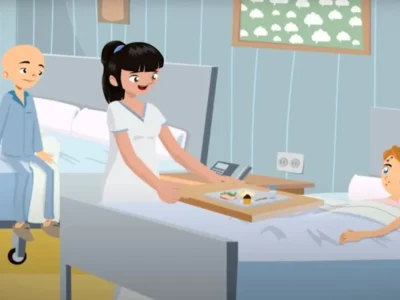
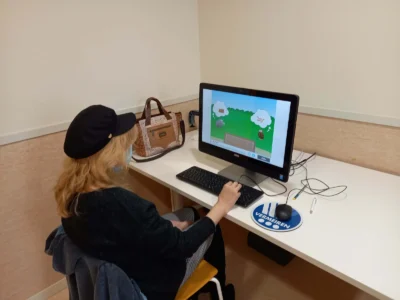
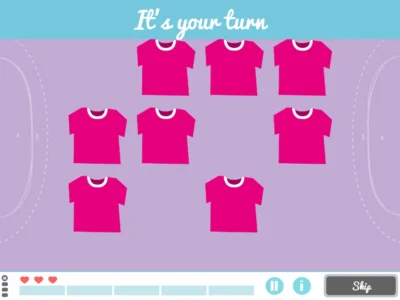
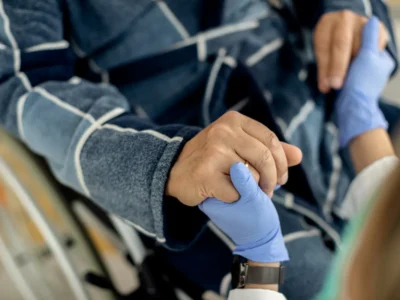

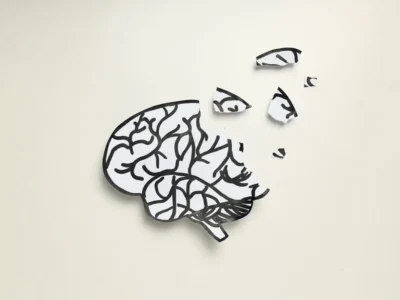
 New generator to copy the contents of one matrix to another
New generator to copy the contents of one matrix to another
Leave a Reply